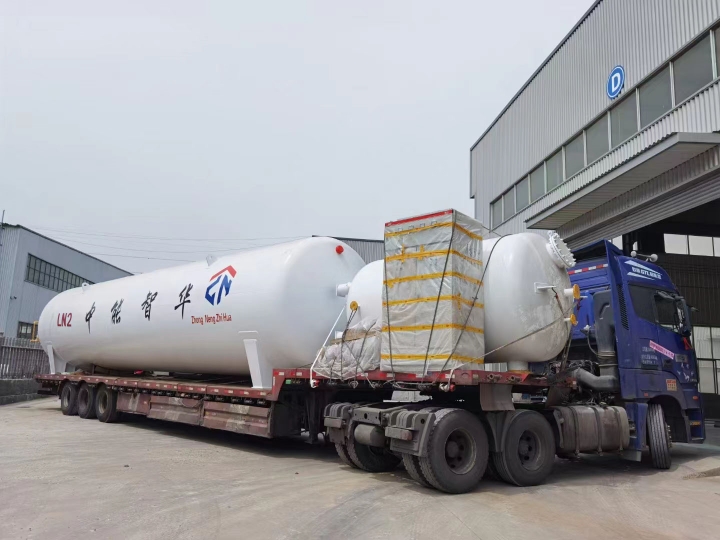Application of Liquid Nitrogen in Food Freezing and Storage - Bulk Cloned
In the fast-paced world of food industry, maintaining the quality, taste, and freshness of food products is a top priority for producers and consumers alike. One innovative solution that has revolutionized the field of food freezing and storage is the use of liquid nitrogen. With its ultra-low temperature of -196 degrees Celsius, liquid nitrogen offers a rapid and efficient method for preserving a wide range of food items while retaining their nutritional value and sensory attributes.
Liquid nitrogen is commonly used in the food industry for quick freezing and storage of various food products, from fruits and vegetables to dairy products and meats. The process involves immersing or spraying the food items with liquid nitrogen, which instantaneously freezes them at a much faster rate compared to traditional freezing methods. This rapid freezing helps preserve the texture, flavor, and nutritional content of the food, resulting in a higher-quality end product.
One of the key advantages of using liquid nitrogen in food freezing is its ability to form smaller ice crystals within the food structure. This minimizes cell damage and moisture loss, preserving the integrity of the food's cellular structure and reducing the risk of freezer burn. As a result, food products frozen with liquid nitrogen often exhibit superior quality, taste, and appearance compared to conventionally frozen products.
In addition to freezing, liquid nitrogen is also used for cryogenic storage of food products. By storing food items at ultra-low temperatures, well below the freezing point of water, liquid nitrogen helps maintain the freshness and shelf life of perishable goods for extended periods. This long-term storage solution is especially beneficial for preserving seasonal produce, specialty ingredients, and prepared meals that need to be stored for future use without compromising their quality.
The versatility of liquid nitrogen extends beyond freezing and storage, as it is also utilized in innovative culinary techniques such as molecular gastronomy. Chefs and food scientists leverage the unique properties of liquid nitrogen to create avant-garde dishes and desserts, including instant ice creams, frozen cocktails, and dramatic plating effects that captivate the senses and elevate the dining experience.
In conclusion, liquid nitrogen has emerged as a game-changer in the realm of food freezing and storage, offering unparalleled benefits in terms of quality, efficiency, and innovation. Whether used in large-scale food production facilities or upscale restaurants, the adoption of liquid nitrogen technology continues to shape the future of food preservation, paving the way for a new era of culinary creativity and sustainability.

